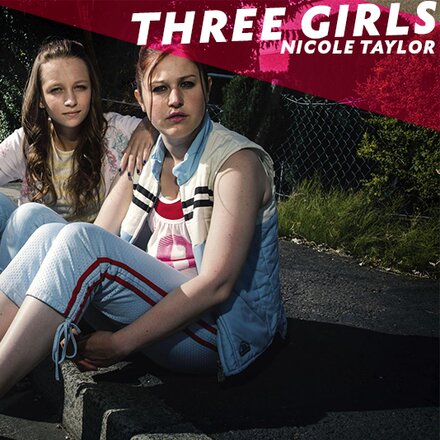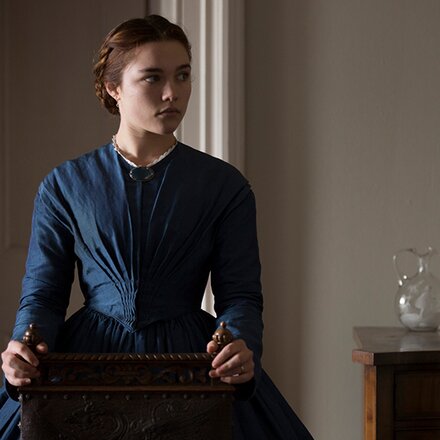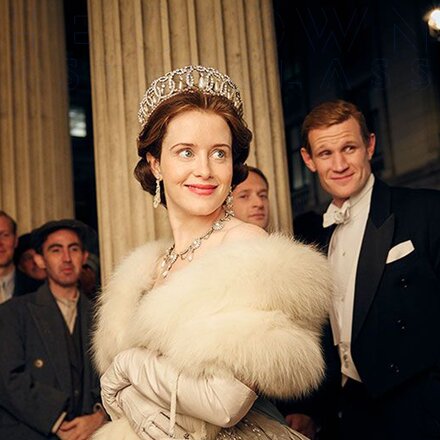Words by Quentin Falk.
In just the past couple of years, writer/director Ben Wheatley has established himself as one of the most critically acclaimed among a new crop of British filmmaking talent.
With his debut, Down Terrace (2009), a singular vision of gangland lurking behind the chintz curtains of Brighton, followed by Kill List (2011), an even darker and more twisted tale of suburban hitmen, Wheatley has also managed to carve out a wildly enthusiastic cult following.
This is unlikely to change with his third feature, Sightseers (2012), which continues to demonstrate Wheatley’s trademark jet black comedy and outrageous violence interwoven against an innately British backcloth in the rural road trip of a holidaying pair of unlikely serial killers, Midlanders Chris (Steve Oram) and Tina (Alice Lowe). Caravan-borne killers, you might say.
But, unlike his first two films which were written by him or together with his wife, film editor Amy Jump, Sightseers is an altogether broader collaboration with the edgily comic material originating via the two lead actors who’d honed the characters for a while in live stage performances and even a TV pilot.
“Once I started posting stuff online I got millions of people looking at my stuff. From that came all sorts of offers of work.”
Says Wheatley: “Their original script and the idea of doing it was attractive because of working with Steve and Alice whom I already knew. They both have a great pedigree of comedy and improvised comedy so we knew going in that it would be flexible. I also like doing dramatic or semi-dramatic roles with comics because they tend to have a depth to them and willingness to experiment which you don’t necessarily get elsewhere.
“Also, the idea was to do something a bit more loose and freewheeling before embarking on my next couple of movies which are much more prescriptive, formal and difficult. Amy did a re-write on Sightseers and then I shaped it a bit to fit my own tastes. But, yes, there’s a lot more improvisation in this then there was for me with the first two films.”
Although Wheatley’s success has come comparatively overnight, the path to this point has been distinctly long and winding, as the 40-year-old explains.
“After I’d done a degree in Fine Art at college, I did a bit of editing and realised I really enjoyed that and then got into making video installation art before ending up on the dole thinking what I was going to do next. I ended up spending a long time writing, trying to make a go of that. I used to sit at home thinking, ‘If only I had a camera I’d be shooting.’ Eventually, when I was 23 or 24 I managed to borrow a video camera off someone and started to shoot everything. Soon I realised it wasn’t just about that but also about actually having a story.”
As well as working as an editor and “bombing around doing storyboards,” Wheatley had also done ads and been creative director of a marketing company “generally picking up experience.” But in terms of reaching out and beginning to get an audience, he credits the internet.
“That’s where I’ve come from, really. We, that’s Amy and me, made a lot of short films before the rise of the internet and would show them in pubs and little film clubs but never knew what to do with them after that. Sometimes Amy would send them to production companies but they’d never get back to you; or else, you’d have a rather despondent meeting at the BFI.
“But once I started posting stuff online I got millions of people looking at my stuff, and from that came all sorts of offers of work. Was the ‘net’ my film school? It was more like my stand-up comedy spot, rather like that mystical Northern men’s working club they all talk about and where you got shouted at.
“Film school for me was probably television. It’s a bearpit; you have to do it longer, faster and there’s no space for mistakes. That’s where I was really given an opportunity to understand ’blocking’ and camerawork.” The TV in question was BBC3 and its bedrock of newly commissioned sketch and character comedy, in Wheatley’s case, popular series like Wrong Door and Ideal.
Wheatley has now moved from the small screen and firmly implanted himself on the big screen, the results of which have led him to being described as “a genetic splice of Mike Leigh and Paul Verhoeven.” He laughs at the idea: “I like Leigh’s stuff a lot but I don’t necessarily recognise his politics. As for Verhoeven, I’d love that to be true but I’m not at that level of action. There’s something, though, in his blackness of humour, maybe.”
“Filmmaking shouldn’t be about sitting around for years weeping, ‘I don’t have a project’. You know you can just go out and make stuff.”
Although he doesn’t admit to any specific mentors, as such, he does cite Alan Clarke as an inspiration, “when I was making my short films; also early Scorsese stuff. I guess it’s all intermingled. You just make the films you do. I could have gone in any direction with, say, Down Terrace. There was no finance so you just made the film you wanted. I was surprised by the way it was received. But I could never sit down and work out cynically where I “fit in.” You just make stuff and hope people like it. It’s totally possible to like popular cinema and arthouse at the same time, and to have American, European and English sensibilities. I don’t see any contradiction in that.”
As for advice to aspiring filmmakers, that same flexibility applies. “Just make your stuff. You don’t know what’s good or bad until you’ve actually made it; that includes the whole process through to editing, putting music on it and watching it back with people who’ve had nothing to do with the project.
“All the theory and film script books in the world aren’t going to get you understanding long form until you’ve actually done it. It doesn’t even matter if it’s terrible because you don’t have to show it to anyone. I’m 40 and I don’t think I’d have got to this position any faster than I have. Mind you, I’m a particularly slow learner.”
When asked to pick out scenes in his work he’s found hardest and of which he’s proudest, Wheatley reflects: “In the overall work, the hardest are always the sex scenes; those I find particularly horrible to do. If I pick out something of which I’m proudest it sounds as if I’m a bit too pleased with myself. Okay, I was very happy with the way Down Terrace turned out because we shot it so fast. I still feel really proud of the way we pulled it all together. There were so many reasons why that film could have been terrible – and it wasn’t. That was great.”
As well as Sightseers, Wheatley also recently completed one of 26 segments in ABCs Of Death (2012), an alphabet-related portmanteau horror. His is ‘E for Exhumed’ and co-stars Neil Maskell and Michael Smiley, the troubled assassins from Kill List. Also in the pipeline is Macrobane with Nick Frost, and Freak Shift, “a sort of sci-fi,” which will eventually follow A Field In England (2013) – an English civil war story starring Smiley, Julian Barratt and Reece Shearsmith.
Says Wheatley: “I tend to write all the time and I’m always planning the next thing, which is why we managed to get so much done in the last three years. I spent a lot of time wishing I was a filmmaker and I’m damned if I’m going to stop while I still have the opportunity.
“Filmmaking shouldn’t be about sitting around for seven years weeping, ‘I don’t have a project’. The thing is, after making something like Down Terrace, you know you can just go out and make stuff, so why would you ever stop?”
Sightseers screens at the London Film Festival on 20 and 21 October and is released in the UK on 30 November
Ben Wheatley’s Guru pick is the Rob Legato VFX Mini Masterclass






